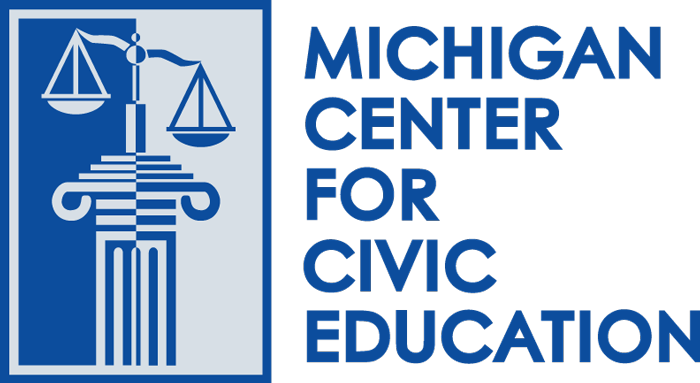The purpose of this lesson is to teach students about the significance of the Judiciary Act of 1789 in establishing a federal judiciary, and the power of judicial review as outlined by the landmark U.S. Supreme Court Case, Marbury v. Madison (1803). By the conclusion of this lesson, students will understand the key provisions of the Judiciary Act of 1789 and the structure of the federal judiciary, as well as the power of judicial review.
Civics Lessons
Judiciary Act of 1789
What Makes a Court Supreme?
The purpose of this lesson is to help students understand the original purpose and
powers of the Supreme Court according to the Constitution. Students learn the Supreme Court’s role in preserving the U.S. Constitution and the balance of power it creates.
Texas v Johnson: Is There a Constitutional Right to Burn the American Flag?
This lesson explores Texas v. Johnson, the 1989 Supreme Court decision on flag burning. First, students read about and discuss Texas v. Johnson. Then in small groups, students role play aides to a U.S. senator on the Judiciary Committee. The committee is considering a proposed amendment to the U.S. Constitution banning flag burning, and the aides must make a recommendation on whether the
senator should support or oppose the proposed amendment.
Equal Justice Under Law
In this lesson, students explore the cause-and-effect relationships
between historical events and the development of constitutional
principles that protect the rights of all people in America today. In its first constitutional challenge to the equal protection clause of the Fourteenth Amendment, the U.S. Supreme
Court decided to hear a case brought by a Chinese immigrant, not an American citizen.
Appellate Courts: Let’s Take It Up
Students learn what happens in appellate-level courts and how those courts operate differently from the trial courts most people are familiar with from watching television. By following the case of a real middle school girl who was strip searched at school, students find out what happens when someone takes a case all the way to the Supreme Court. Through this case, students learn about the structure of the federal court system and the way appellate courts decide cases.
Brown v Board of Education (1954)
This case summary provides teachers with everything they need to teach about Brown v. Board of Education (1954). It contains background information in the form of summaries and important vocabulary at three different reading levels, as well a review of relevant legal concepts, diagram of how the case moved through the court system, and summary of the decision. This resource also includes nine classroom-ready activities that teach about the case using interactive methods.
Miranda v. Arizona (1966)
This case summary provides teachers with everything they need to teach about Miranda v. Arizona (1966). It contains background information in the form of summaries and important vocabulary at three different reading levels, as well a review of relevant legal concepts, diagram of how the case moved through the court system, and summary of the decision. This resource also includes ten classroom-ready activities that teach about the case using interactive methods.
McCulloch v. Maryland (1819)
This case summary provides teachers with everything they need to teach about McCulloch v. Maryland (1819). It contains background information in the form of summaries and important vocabulary at three different reading levels, as well a review of relevant legal concepts, diagram of how the case moved through the court system, and summary of the decision. This resource also includes seven classroom-ready activities that teach about the case using interactive methods.
Gideon v. Wainwright (1963)
This case summary provides teachers with everything they need to teach about Gideon v. Wainwright (1963). It contains background information in the form of summaries and important vocabulary at three different reading levels, as well a review of relevant legal concepts, diagram of how the case moved through the court system, and summary of the decision. This resource also includes nine classroom-ready activities that teach about the case using interactive methods.
Texas v. Johnson (1989)
This case summary provides teachers with everything they need to teach about Texas v. Johnson (1989). It contains background information in the form of summaries and important vocabulary at three different reading levels, as well a review of relevant legal concepts, diagram of how the case moved through the court system, and summary of the decision. This resource also includes six classroom-ready activities that teach about the case using interactive methods.

